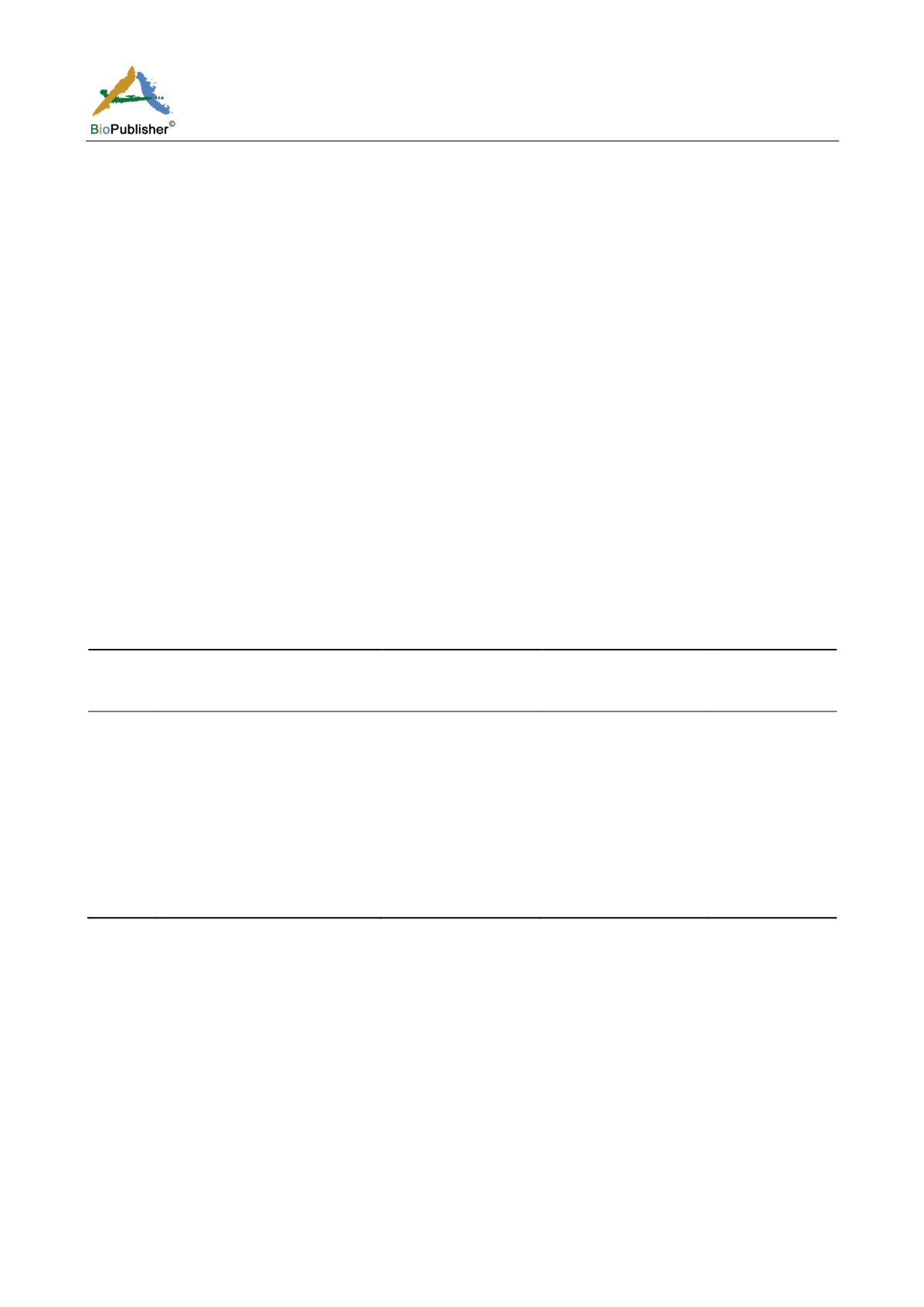
International Journal of Marine Science, 2017, Vol.7, No.16, 141-160
150
effluent flux of 150,000 litres/day from tannery Industry at Kalurghat, Chittagong, and discharge of about 0.35
tons of China clay/day from Karnafully Paper Mills (KPM) at Chittagong (MoEF, 2005) that Pollutes river water.
According to a government report, in the 1994-1995 fiscal year alone, 2528 metric tonnes of wastes were dumped
from shrimp processing units into the Bay of Bengal via the Karnafully River (Hassan, 2006). Human excreta
from the city’s 50,000 sanitary and 24,000 service latrines are thrown into the river (Khan et al., 1996). Technical
workshops, automobile factories, motor garage, vehicle repairing units, asphalt road constructions, etc. discharge
lube oil, grease, diesel, bitumen, and tar, which ultimately contaminate the sediment. The industrial zones, EPZs
and city dwellers activities are also responsible for oil contamination in the Karnafully River (Hossain, 2006).
Rajakhali Canal, a tributary of the Karnafully River estuary, flowing through Chittagong City (the commercial
capital of Bangladesh) receives a huge amount of domestic and industrial wastes and sewages (Islam et al., 2015).
In Chittagong region, wastewater from Nasirabad industrial area (mainly chemical, leather, textile and steel
re-rolling industries) is discharged into surface drains that ultimately carry it to the Karnafully river (Dey et al.,
2015). There are rather few studies published in recent years on pollution sources in the Karnafully River
(Hossain et al., 1992; 2001). Annually about 1216 ships and 45-60 oil tankers are handled at the Chittagong port
(Ashraful, 2003). As a result, various refuse and disposable materials are discharged and spills from ships, oil
tankers and fishing boats get mixed with water and sediments. The high level of Cu in sediments of the Karnafully
coast indicates a higher input of deposited organic matter which comes from the industrial and domestic sewages
(Siddique, 2012). Nutrient pollution occurred at the Karnafully River to St Martin Island, BoB when
concentrations of nitrate, phosphate and silicate vary from 0.16 to 8.98 μg-at/1, 0.08 to 2.33 μg at/1 and 0.67 to
6331 μg-at/1 which indicate high productivity (Holmgren, 1994). Running water of the Rivers Karnafully and
Padma is heavily contaminated by industrial influents of factories from the river banks (Sarker, 2009) (Table 12).
Table 12 Estimated amount of pollutants entering the water
Insoluble
inorganics
Probable quantity discharged directly
or indirectly to coastal water of
Chittagong
Conc. Level in ground
water in Chittagong (ppm)
Conc. Level in surface water
and in Bay of Bengal (ppm)
Standard allowable
concentration (ppm)
Mercury
500kg/year
-
0.05-0.27
0.01
Lead
-
0.5-21.8
0.025
Chromium
-
220
0.05
Arsenic
-
+ve
0.015
Cadmium
-
0.3-2.9
0.015
Si
1.9-12.12
-
-
Al
0.53-32
-
-
Fe
0.97-42
2.62-5.6
0.3
Ca
3.2-25.2
5.2-23.2
-
Mg
0.0-70
6.57-10.36
125
Note: * (−) means data not available; Source: Department of Environmental Pollution Control, Bangladesh (ESCAP, 1988)
3.2 Major polluting industries
The major polluting industries are 19 tanneries, 26 textile mills, 1 oil refinery, 1 TSP plant, 1 DDT plant, 2
chemical complexes, 5 fish processing units, 1 urea fertilizer factory, 1 asphalt bitumen plant, 1 steel mill, 1 paper
mill (solid waste disposal hourly 1450 m³), 1 rayon mill complex, 2 cement factories, 2 pesticide manufacturing
plants, 4 paint and dye manufacturing plants, several soap and detergent factories and a number of light industrial
units (IEDS, 2003) (Figure 2). According to Islam (1993); Rahman (1994); Ahmed et al. (2002); Kamruzzaman
(2003) and Uddin (2006) the polluting industrial units include 19 tanneries, 26 textile mills, 2 chemical industries,
5 fish processing plants, 2 soap factories, 2 pesticide plants, 2 detergent plants, 1 oil refinery, 1 asphalt bitumen
plant, 1 TSP plant, Chittagong Steel Mills Ltd., Karnafully Paper Mills, Karnafully Rayon Complex, coca cola
factory, 4 paint and dye manufacturing units, Chittagong Urea Fertilizer Ltd. (CUFL), Triple superphosphate
(TSP), and Karnafully Fertilizer Company (KAFCO).


